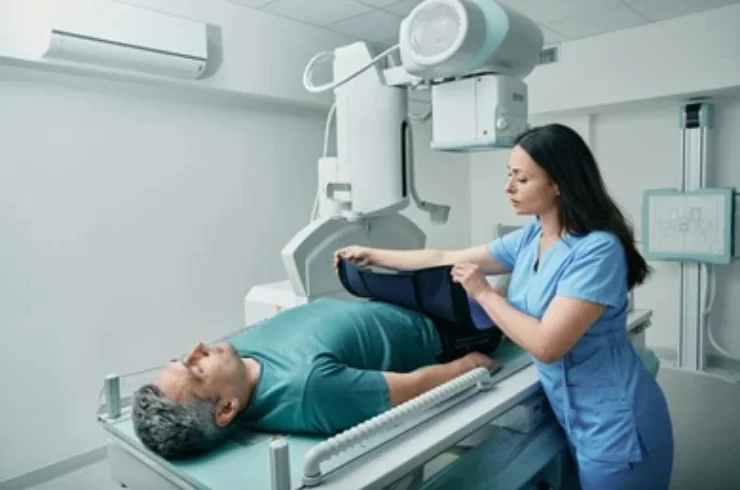
Comprehensive Clarity in Diagnostic Evaluation: Radiographic Procedures
Radiographic procedures are foundational diagnostic tools that utilize X-rays to capture detailed images of the body’s internal structures. These procedures are crucial for identifying fractures, joint dislocations, infections, tumors, and various abnormalities within the chest, abdomen, spine, and extremities. By producing high-resolution images quickly and non-invasively, radiography enables physicians to diagnose conditions with precision and initiate appropriate treatment plans. Common radiographic tests include chest X-rays, limb X-rays, spine imaging, and abdominal films, often serving as the first step in a patient’s diagnostic journey due to their accessibility and speed.
Essential Imaging for Rapid, Accurate Medical Decisions
Radiographic procedures are highly valued for their efficiency, safety, and ability to provide immediate diagnostic information. With minimal patient preparation and low radiation exposure, these tests are suitable for patients of all ages and are frequently used in emergency, orthopedic, and general medical settings. They play a vital role in monitoring disease progression, assessing treatment effectiveness, and guiding further imaging or interventions if needed. Radiography’s diagnostic versatility makes it a cornerstone in clinical practice, supporting timely and informed medical decision-making across a wide spectrum of health concerns.